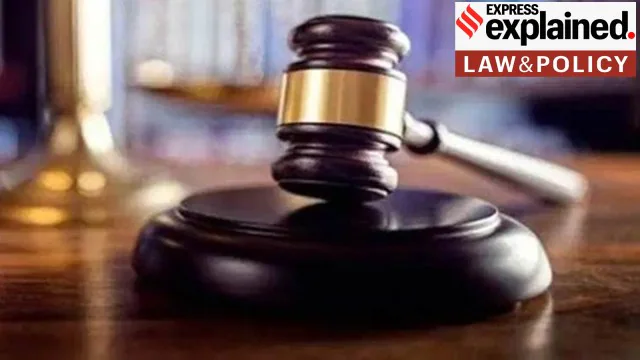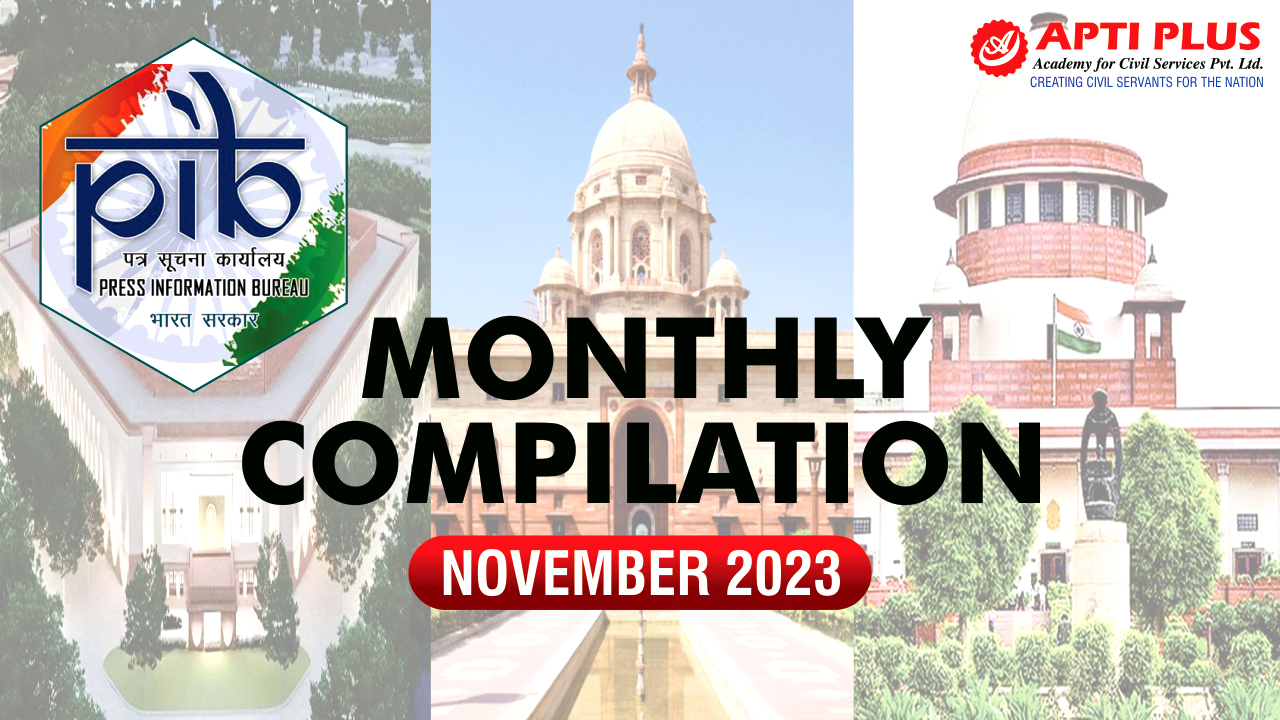
Copyright infringement not intended
Picture Courtesy: Indian Express
Context: The UK judiciary allows judges in England and Wales to use generative AI, for tasks such as text summarization, presentations, and emails.
Details
- The "Guidance for Judicial Office Holders" issued in the UK emphasizes the need for cautious use of AI tools by judges, outlining potential risks and indications of AI-generated content in legal work.
- The document advises judges to be vigilant about signs suggesting the use of AI in legal arguments, such as unfamiliar case references, foreign citations, inconsistent legal submissions, American spellings, or persuasive yet erroneous content.
Potential Risks Associated with AI Use in Legal Practice
- Lack of Authoritative Information: Public AI chatbots may not retrieve answers from credible databases.
- Algorithmic Text Generation: AI tools produce text based on algorithms and training data, often predicting likely word combinations, potentially leading to inaccurate or biased output.
- Quality of Information: Information retrieved from AI tools might be incomplete, misleading, or biased, especially as current models are heavily influenced by US law.
- Privacy Concerns: Caution against entering private information into public AI chatbots due to data retention and sharing, suggesting the potential publication of inputted information.
- Mitigation Strategies: Suggestions include disabling chat history, limiting AI access to information, and reporting unintentional disclosures of private data.
Examples of Misuse in UK and US Cases
- Instances were cited where fabricated or fictitious legal arguments generated by AI were used in courts, leading to case rejections or sanctions against legal practitioners.

Indian Courts' Engagement with AI:
- Punjab & Haryana HC's ChatGPT Inquiry: Justice Anoop Chitkara sought ChatGPT's response in a bail plea, emphasizing that any reference to ChatGPT aimed to illustrate bail jurisprudence but wasn't considered conclusive.
- Supreme Court's AI Tools: The Supreme Court of India developing tools like Supreme Court Vidhik Anuvaad Software (SUVAS) for language translation and the Supreme Court Portal for Assistance in Court’s Efficiency (SUPACE) for collecting and presenting relevant legal information to judges.
Supreme Court Vidhik Anuvaad Software (SUVAS)
- An AI-powered platform for translating judicial documents between English and nine vernacular languages: Hindi, Marathi, Kannada, Tamil, Telugu, Punjabi, Gujarati, Malayalam, and Bengali.
- Significance:
- Promotes access to justice by bridging the language barrier for non-English speaking litigants and legal professionals.
- Enhances understanding of legal proceedings and empowers individuals to participate effectively.
- Reduces reliance on human translators, saving time and resources.
- Contributes to the preservation and dissemination of legal knowledge in various languages.
Supreme Court Portal for Assistance in Court’s Efficiency (SUPACE)
- A comprehensive online platform providing judges with access to relevant legal information and tools to support their decision-making processes.
- Features:
- Case database with searchable judgments, orders, and precedents.
- Legal research tools for finding relevant statutes, rules, and commentary.
- Data analytics and visualization capabilities to identify trends and patterns in case law.
- Real-time case updates and notifications.
- Significance:
- Improves judicial efficiency by streamlining access to information and reducing time spent on research.
- Promotes consistency and predictability in judicial decisions by providing judges with a centralized repository of relevant precedents.
- Enhances transparency and accountability in the judicial process by making relevant information readily available to the public.
SUVAS and SUPACE aim to:
- Bridge the digital divide and promote inclusivity: Making legal information and processes accessible to a wider population regardless of language barriers or technological expertise.
- Improve the quality of justice: By providing judges with better tools for research and decision-making, these platforms can help ensure well-informed and consistent rulings.
- Increase efficiency and transparency: Streamlining processes and making information readily available can save time and resources, while also promoting public trust in the judiciary.
Challenges and Future Outlook
- Both initiatives face challenges like ensuring data accuracy, managing privacy concerns and adapting to technological advancements. However, their potential benefits are undeniable. With continued development and refinement, SUVAS and SUPACE can significantly contribute to a more efficient, accessible, and equitable Indian legal system.

Conclusion
- The guidance aims to ensure that while AI tools can be beneficial for certain tasks, they should be used judiciously, particularly in legal research and analysis, considering the potential implications on judicial decisions and the administration of justice.
Must Read Articles:
AI in SC Proceedings: https://www.iasgyan.in/daily-current-affairs/ai-in-sc-proceedings#:~:text=Context%3A%20The%20Supreme%20Court%20of,using%20Artificial%20Intelligence%20(AI).&text=The%20Chief%20Justice%20of%20India,help%20students%20in%20law%20colleges.
|
PRACTICE QUESTION
Q. How can AI-driven optimization strategies enhance supply chain resilience and adaptability in the face of unpredictable disruptions, and what specific challenges might arise in implementing such AI solutions within supply chain operations?
|




